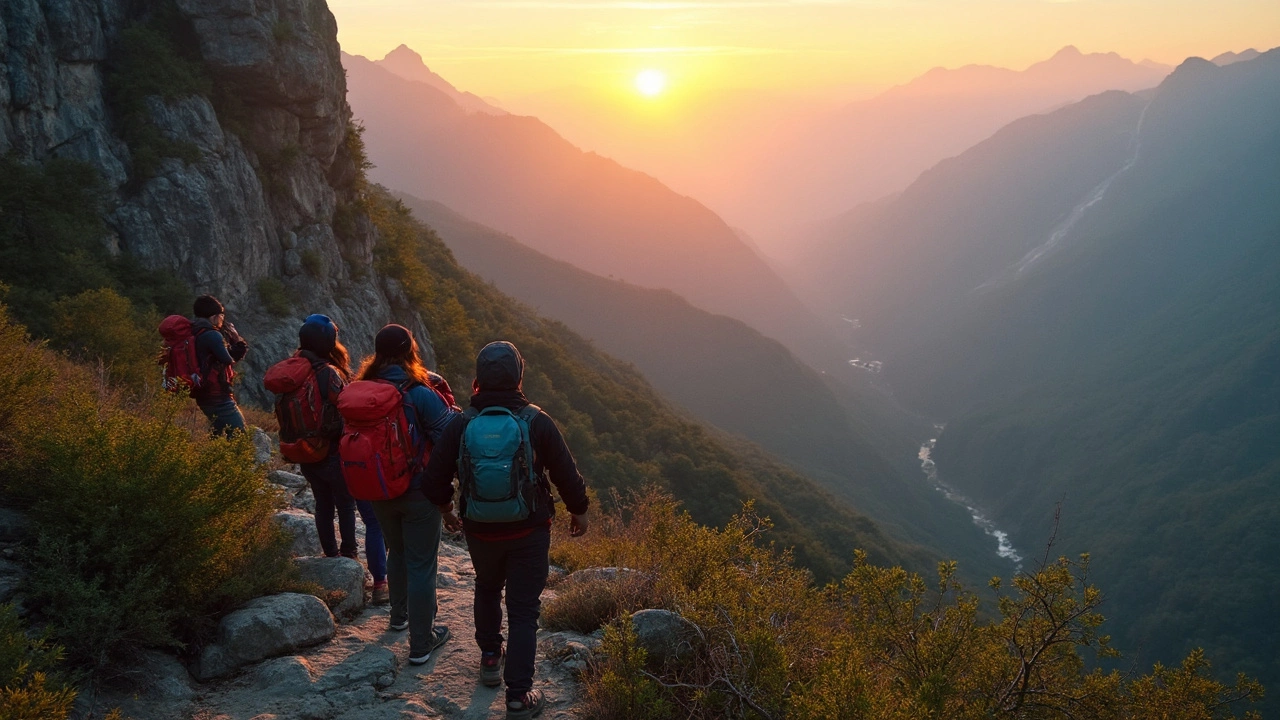SEARCH
Hardest Trek in India – What Makes It Tough and How to Tackle It
If you love the rush of a steep climb, thin air, and rugged paths, you’ve probably heard about India’s hardest trek. It isn’t just another walk in the hills; it’s a test of stamina, planning, and mental grit. In this guide we break down why the trek is brutal, what you’ll face on the ground, and the exact steps you need to take so you’re not caught off guard.
Why It’s Called the Hardest Trek
The title isn’t a marketing gimmick. The route combines three major pain points: altitude above 6,000 meters, unpredictable weather, and a sheer lack of flat ground. You’ll spend long hours on steep ascents where each step feels heavier than the last. The path crosses glaciers, loose scree, and narrow ridgelines that leave little margin for error. Because of these factors, many trekkers end up turning back early, and rescue teams often report emergencies related to altitude sickness and frostbite.
Another hidden challenge is the mental side. Days of isolation, limited supplies, and the constant need to make quick decisions can wear you down faster than the physical load. If you’ve read our "Best Hiking Destinations" post, you’ll notice that most popular trails stay below 5,000 meters and have marked camps – this trek skips those comforts.
Preparing for the Challenge
Preparation starts months before you lace up the boots. First, get your cardio base solid. Hiking at 4,000 meters for a week should feel easy before you attempt the higher sections. Include interval runs and long‑distance walks with a weighted pack to mimic the load.
Second, master layering. Our "3‑Layer Rule for Hiking" explains why a good base, insulating mid‑layer, and weather‑proof shell are non‑negotiable. In the high altitudes of the hardest trek, temperatures can swing from -10°C at night to 15°C in the sun, so adjust layers quickly.
Third, practice with altitude. If you live near hills, spend a weekend at 3,000 meters and note how your body reacts. Hydration is key; carry at least three liters of water per day and add electrolytes to avoid cramps.
Don’t forget the gear checklist. Sturdy insulated boots, trekking poles, a four‑season sleeping bag, and a reliable map or GPS are essential. A lightweight stove, high‑calorie meals, and a compact first‑aid kit can make the difference between a smooth trek and a dangerous situation.
Finally, plan your route with milestones. Break the distance into daily targets, schedule acclimatization days, and keep a buffer for bad weather. Knowing where the next water source is, and which camps are safe for a night, helps you move confidently.
When you finally stand at the summit, the view is worth every sore muscle. The endless horizon, the feeling of having pushed past limits, and the story you’ll tell for years ahead make the hardest trek more than a physical feat – it’s a personal triumph.

Discover Asia's Toughest Trekking Challenge: The Ultimate Indian Adventure
Embark on an exhilarating journey to discover the hardest trek in Asia located in India. This article provides essential insights and tips for tackling the grueling terrain, offering adventure seekers a chance to prepare for this monumental challenge. It explores the trek's unique features, stunning landscapes, and the resilience required to conquer it. With practical advice and interesting facts, readers can envision themselves taking on this unforgettable adventure.
Continue reading